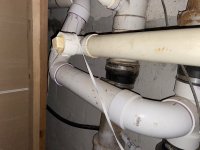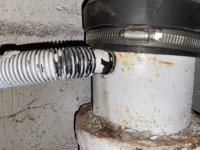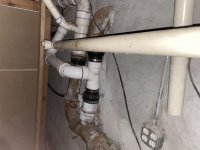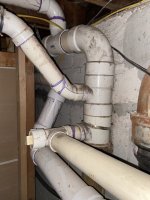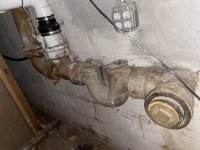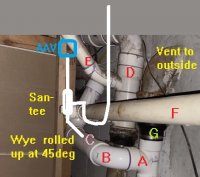The existing drain for the washing machine is a plastic hose that goes directly into the vertical cast iron part of the main. The main then has an elbow that exits the house horizontally to a cesspool. The plastic hose leaks at that connection (middle picture). I’d like to add a vertical standpipe and have the washing machine drain into that. The lower horizontal pipe in the top picture is approximately 60” off the ground. If I add an 18” standpipe (something like the bottom picture) that would make the standpipe about 78” high. The washer manual claims it can pump water up to 96” high.
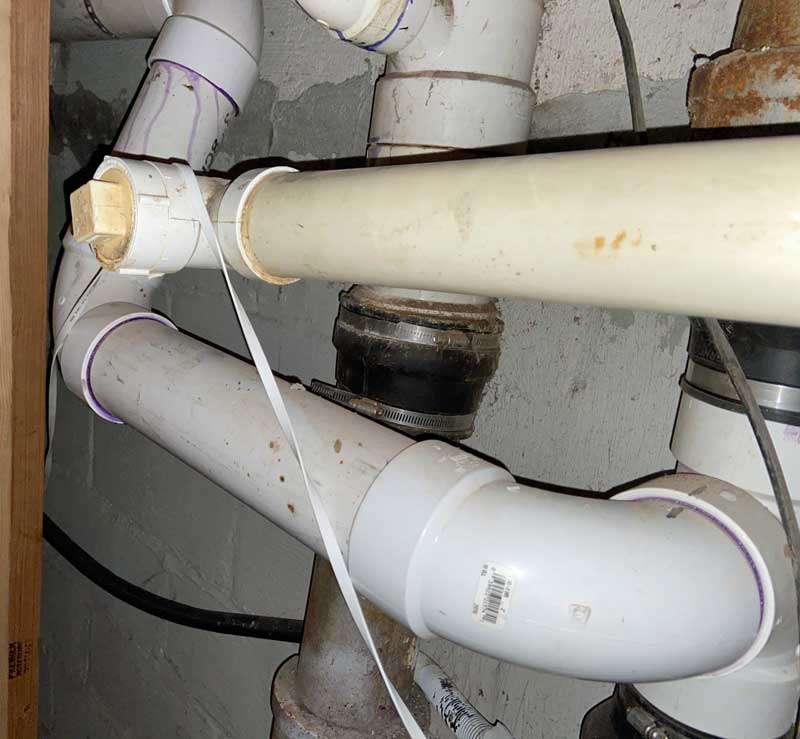

Last edited by a moderator:

